Need My Travel Help?
Quick Links
Sign up for our mailing list to get latest updates and offers.
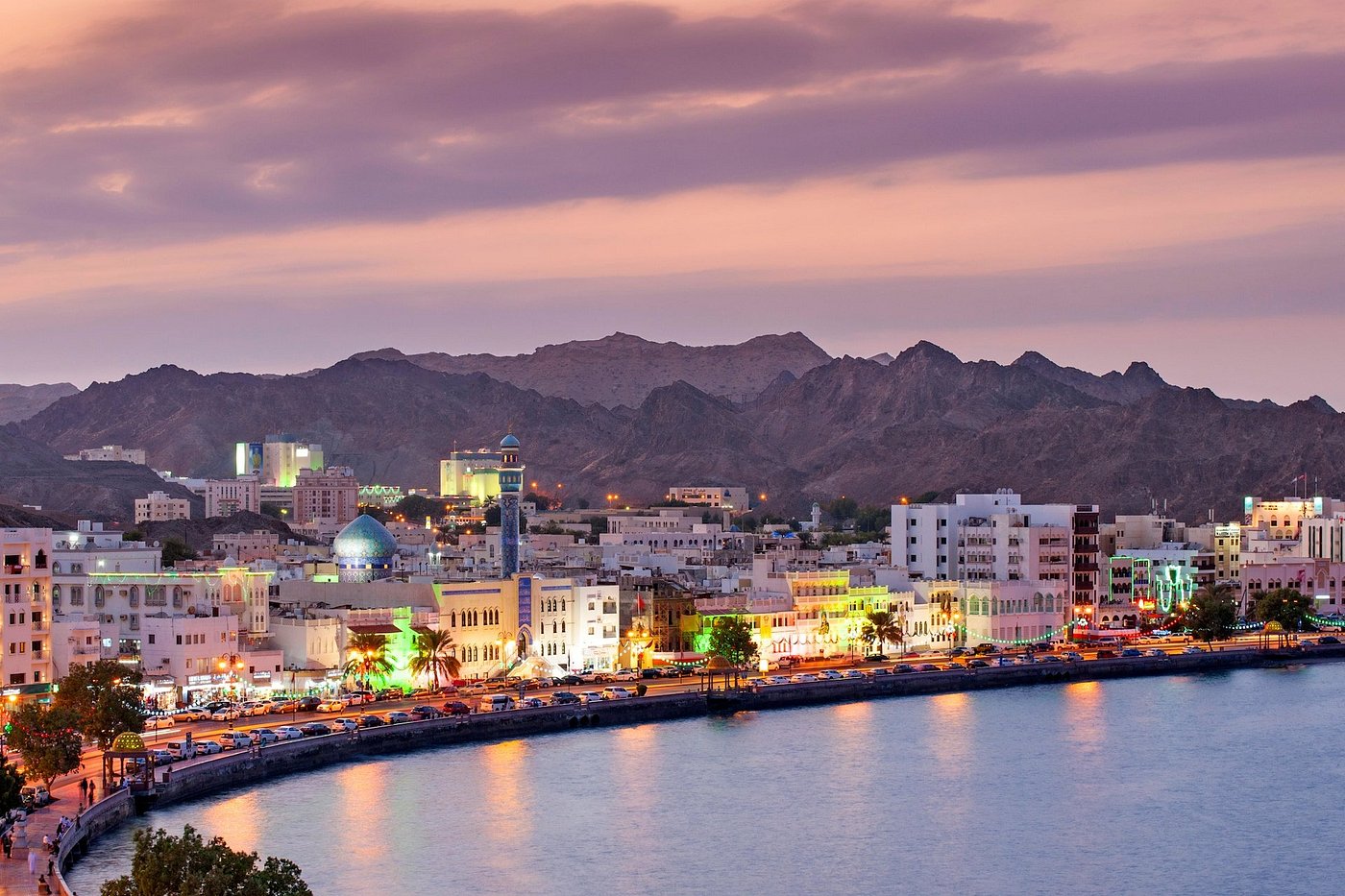
A local described Mutrah's attractions saying "you must visit the souk or the market". Assuming he said "grocery store" it was a surprise to find a maze of alleys with no tills, but there are some similarities. For starters, just when you thought you'd looked for where to find incense, you discover that the alleyway now offers Thai clothing. Second, even if you were planning on looking for a gift for a favorite aunt, you came out with a toy helicopter, two melamine trays, and a handful of Christmas lights. Third, even if you absolutely didn't want to buy a dishdasha (men's shirt dress), there was a special offer for three. And finally, although all the alleys seem to go in the direction of the exit, in reality, you can't get out.
Mind you, getting lost a bit is part of the fun of the souk as it's the most likely time you'll come across 'special offers. And Mutrah Souq has an abundance of them, like the old window frames, complete with woodworms, from the woodworking town of Ibra; old mandoo (wedding box) with brand new thumbtacks retrieved from the Hajar Mountains; stringed muskets that saw action in the Dhofar Wars of the 1970s; a ramp of sandals that complement the elegant Omani men's costume; and another made of aluminum serving plates for the traditional Omani shuwa (marinated lamb cooked in an underground oven). In summary, from a camel with an illuminated hump to a mosque alarm clock, Mutrah Souq sells all the things you never wanted but can afford to buy (plus what you can and cannot do) and it's an experience not to be missed.
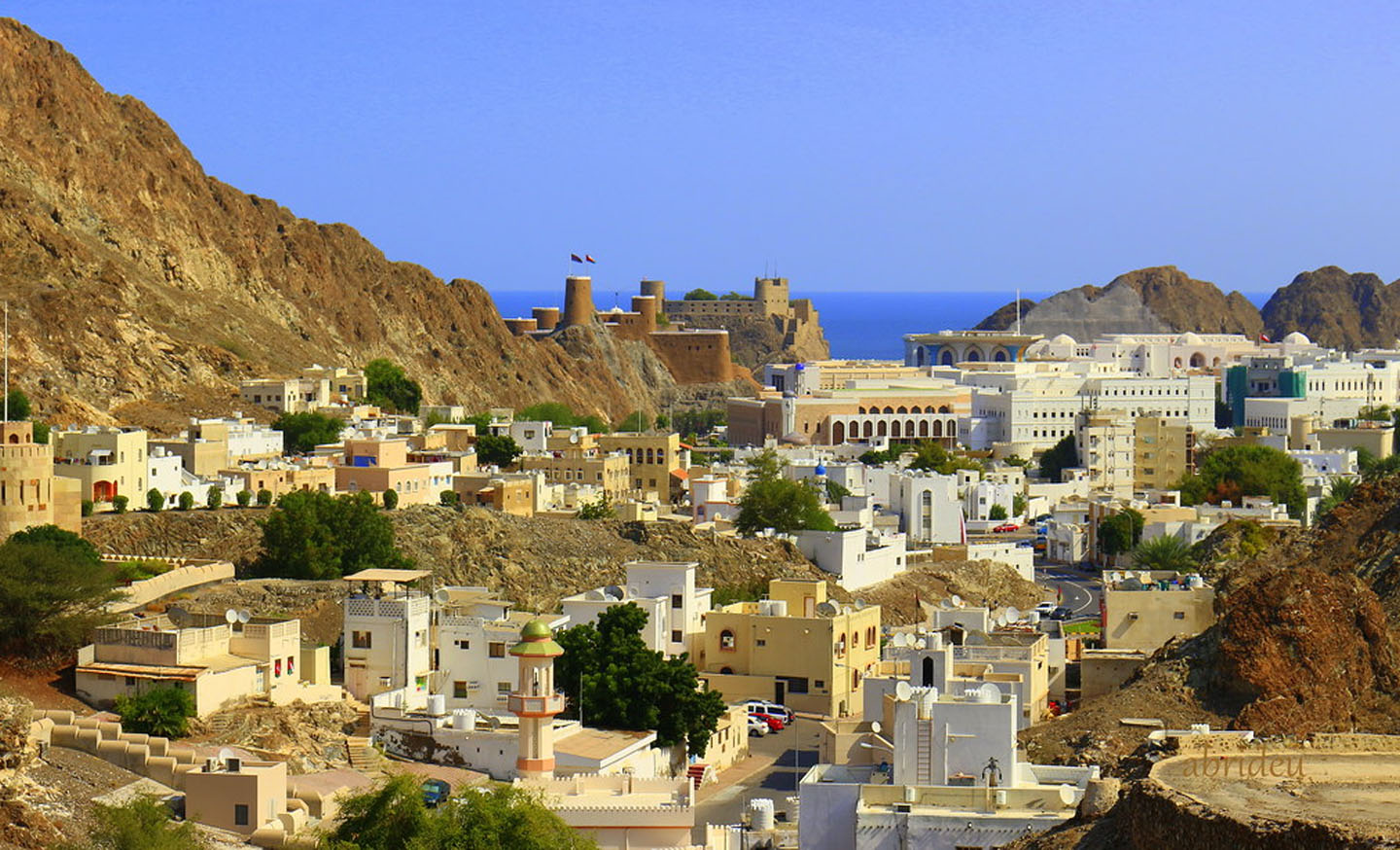
The small city of Muscat, with its open gates, home to the sultan's palace and diwan (royal court), is cradled in a natural harbor surrounded by a jagged spine of hills. Located at the end of the Mutrah Corniche, it is a fascinating place to spend half a day taking in several sights, including the new National Museum.
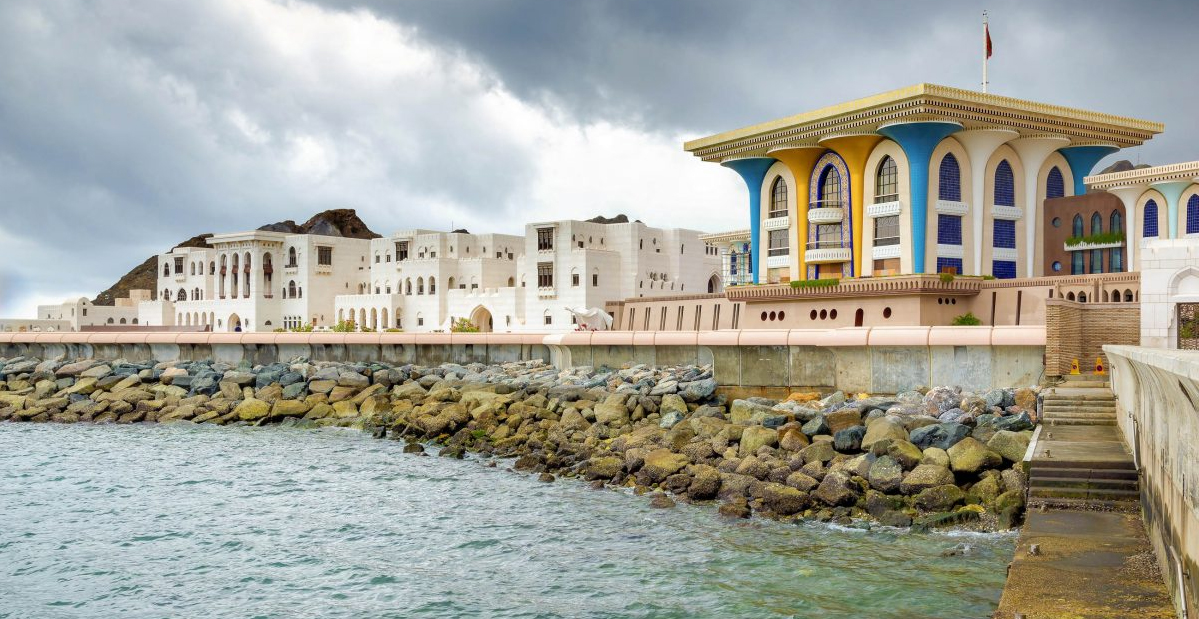
If you are near the harbor wall via Mirani, the building on the right with the beautiful mushroom pillars in blue and gold is the sultan's palace. On the inside, an avenue of palm trees leads to a roundabout surrounded by grand palaces of the royal court and the new national museum. Although the palace is closed to the public, you can stop in front of the gates, at the end of the colonnaded entrance, for a photo op.
The palace is built on the site of the former British embassy where a flagpole stump once stood in the park: it is said that a slave (Oman was famous for the East African slave trade) who touched the flagpole was granted freedom. Today the palace is largely used for ceremonial purposes, as Sultan Qaboos prefers a quieter seaside retreat near Seeb.
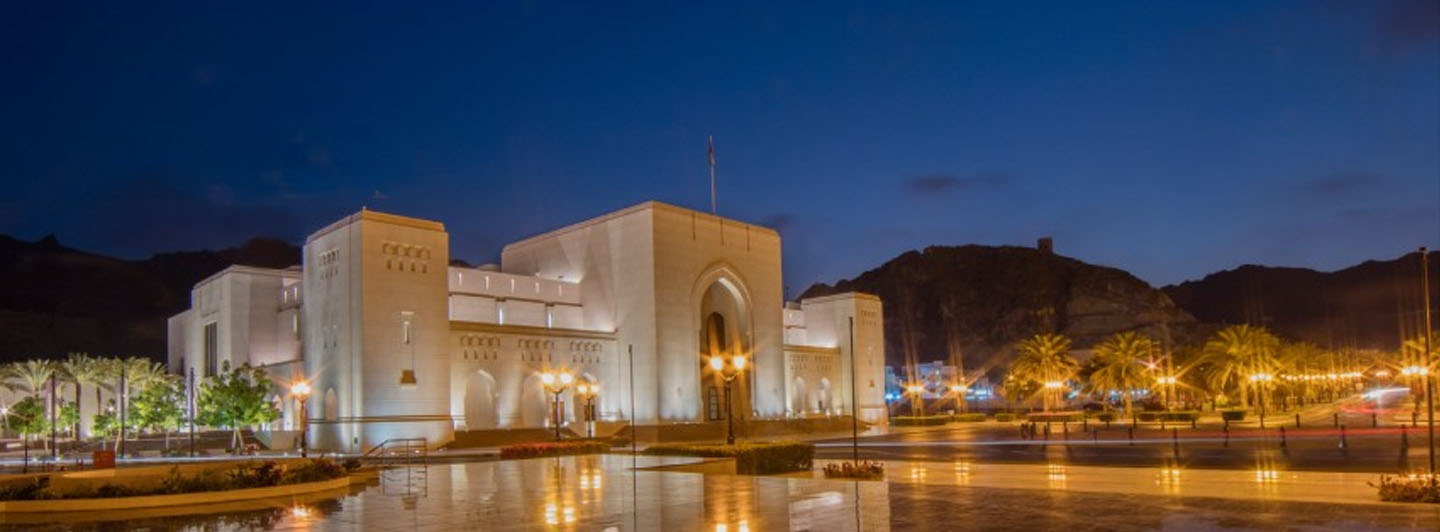
Housed in an impressive new building in the heart of old Muscat, the National Museum is a fitting partner to the sultan's palace opposite. The emphasis of this highly anticipated contemporary museum is on quality rather than quantity, with space, light, and height used to enhance selective exhibits showcasing Oman's heritage. Giant screens, Arabic brails, and high-tech devices bring the artifacts to life. The museum was officially opened in December 2015.
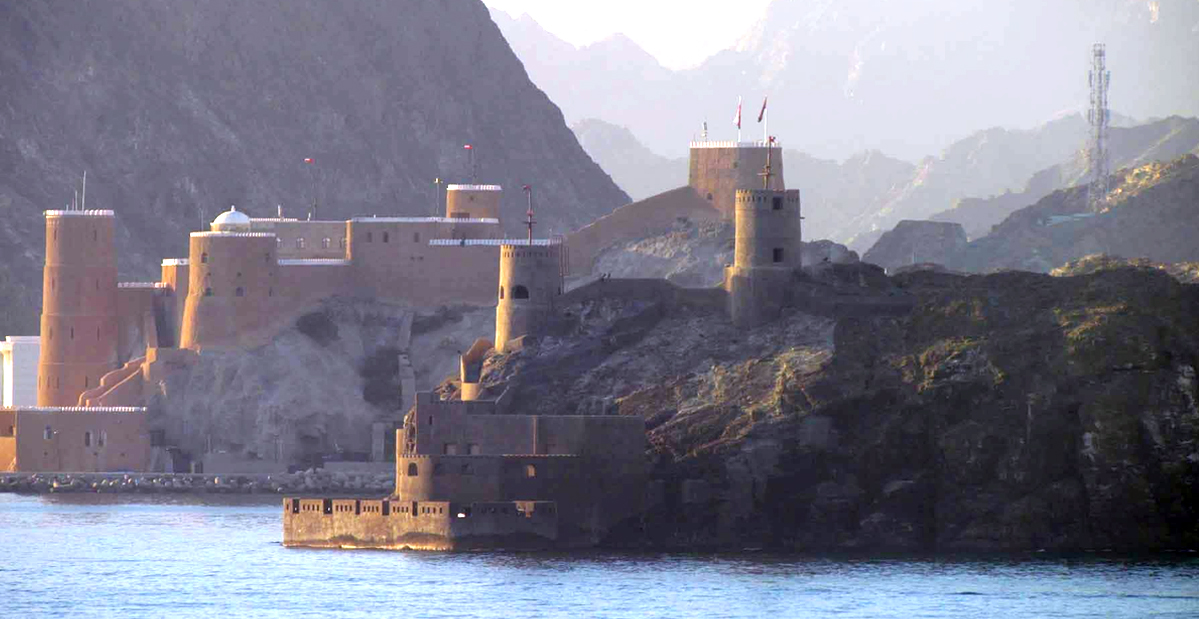
Guarding the harbor entrance to the east, the Al Jalali Fort was built during the Portuguese occupation in the 1880s on Arab foundations. The fortress is only accessible by a steep staircase. As such it was the perfect prison for a number of years but is now an Omani heritage museum. Admission is strictly subject to the permission requested from the Ministry of Cultural Heritage and Activities, through the contact page on the Ministry's website.
On military palace occasions, bagpipers perform from the battlements of the fort and the royal dhow and yacht sail into the harbor in full regalia. With the fireworks reflected in the water, it is a spectacular sight.
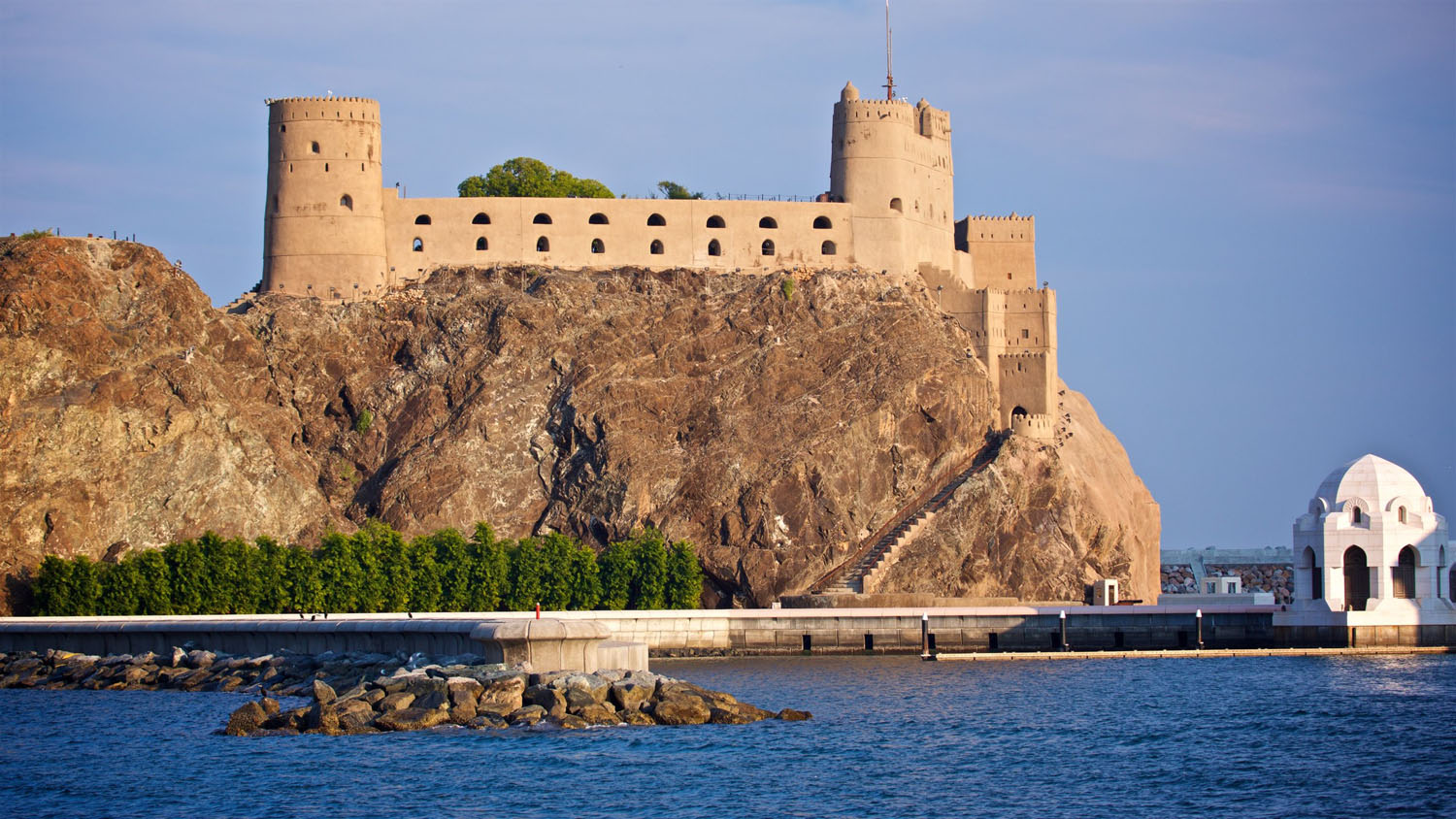
The Al Mirani Fort was built at the same time as the nearby Al Jalali Fort. Though closed to the public, its presence looms over the harbor and contributes to the iconic image of Muscat captured in 19th-century lithographs.
Al Mirani Fort has a special place in history as it contributed to the fall of the Portuguese. This came about through a curious affair of the heart: legend has it that the Portuguese commander fell for the daughter of a Hindu supplier, who refused the match on religious grounds. On being threatened with ruin, the supplier spent a year apparently preparing for the wedding during which time he worked an elaborate trick on the commander, convincing him that the fort’s supplies needed a complete overhaul. Bit by bit he removed all the fort’s gunpowder and grain and when the fort was left completely defenseless, he gave the nod to the Omani Imam, Sultan bin Saif, who succeeded in retaking the fort in 1649. The Portuguese were ousted from Muscat soon after and the wed- ding never took place.
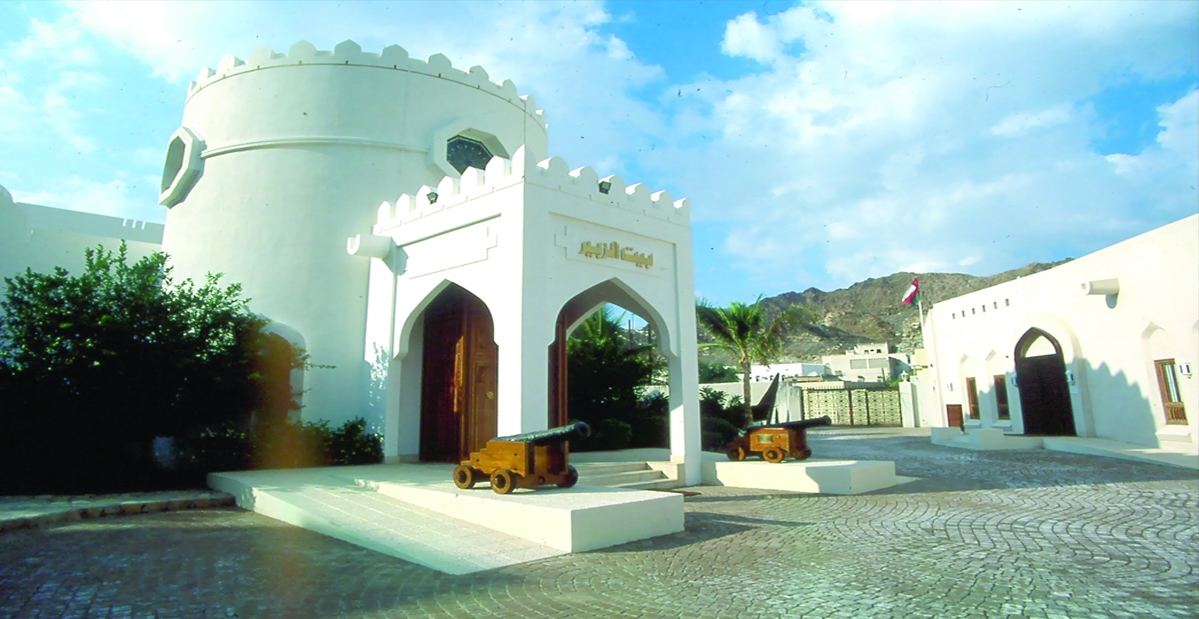
In a beautifully restored house, this much-beloved privately owned museum exhibits Omani heritage in thematic displays of traditional handicrafts, furniture, stamps, and coins. The museum has recently evolved into the cultural center of Muscat, hosting many international exhibitions of contemporary art in Gallery Sarah within the museum’s grounds. A modern cafe, and a shop selling quality souvenirs, usually entice visitors to stay longer than they expected.
If you’re visiting the cafe, take a look at the wind tower for an idea of how old buildings in Muscat coped with the heat before the invention of modern air conditioning.

With galleries detailing relations between the two countries, this museum provides an interesting snapshot of mostly 19th-century colonial life in Muscat.
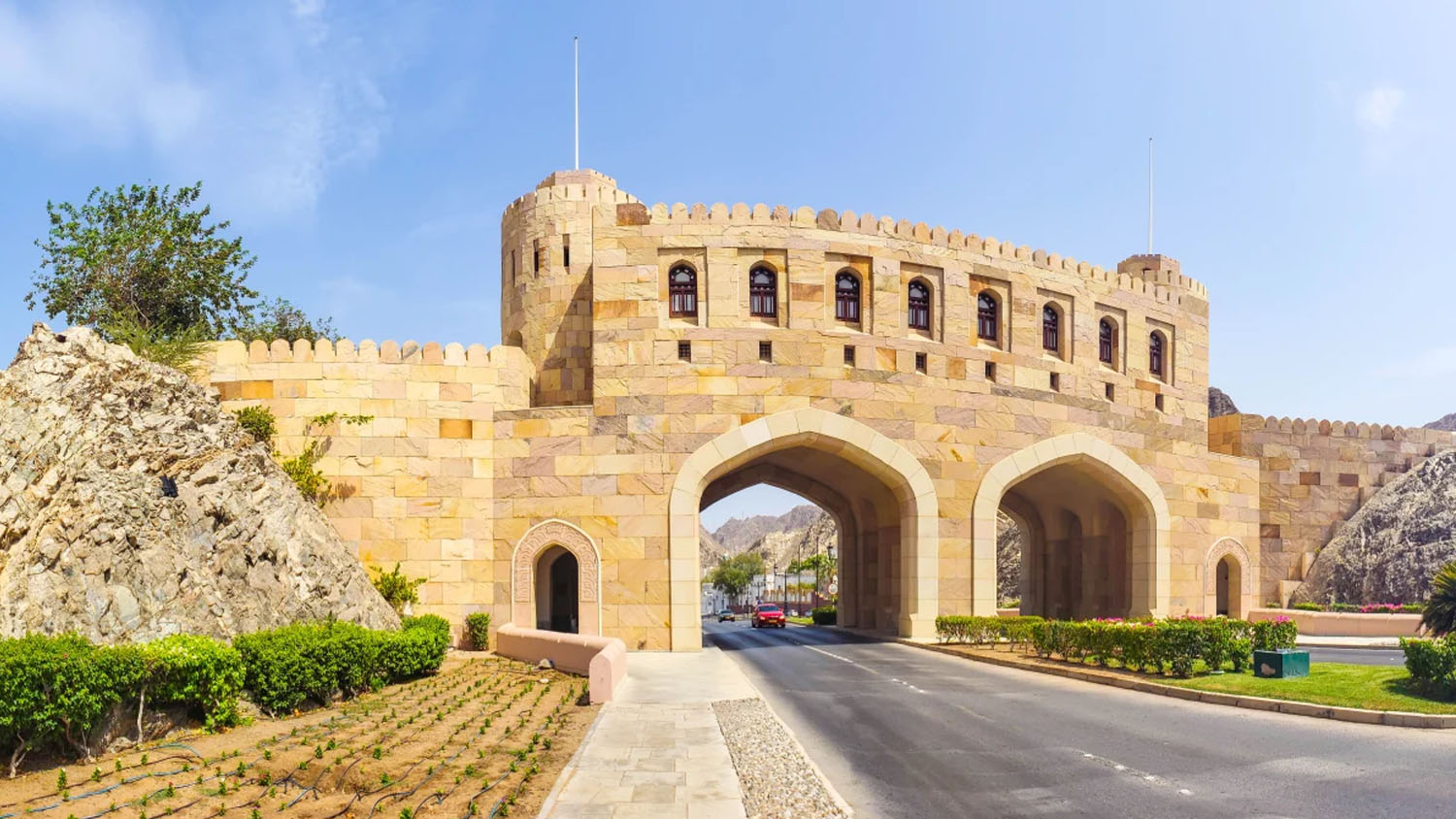
Free Straddling the road between the corniche and the old walled city, this museum, with the original gates used until the 1970s to keep land-bound marauders out, marks the position of the old city wall and introduces Muscat proper. Though the museum’s exhibits are of limited interest, the site provides an excellent vantage point for the corniche and the diwan.
A drive up to the aerial mast on the neighboring hill gives an even better view of Mutrah and Muscat before dropping down to Al Riyam Park in Mutrah.
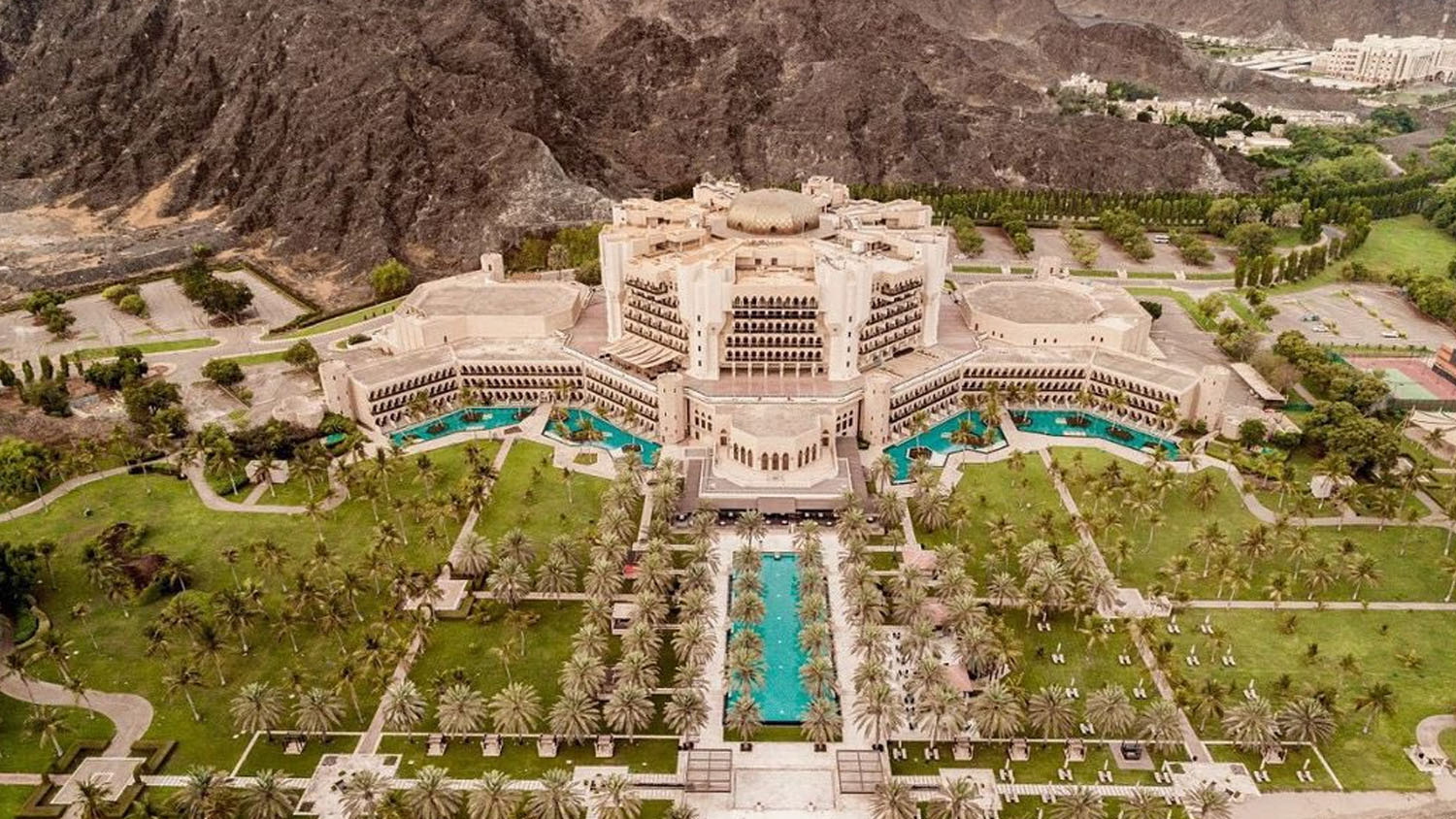
Set in lush gardens, this sumptuous hotel was built as a venue for the Gulf Cooperation Council (GCC) summit in 1985. Remarkable for its enormous domed atrium, the hotel is worth a visit just to ad- mire the building’s interior and the location.
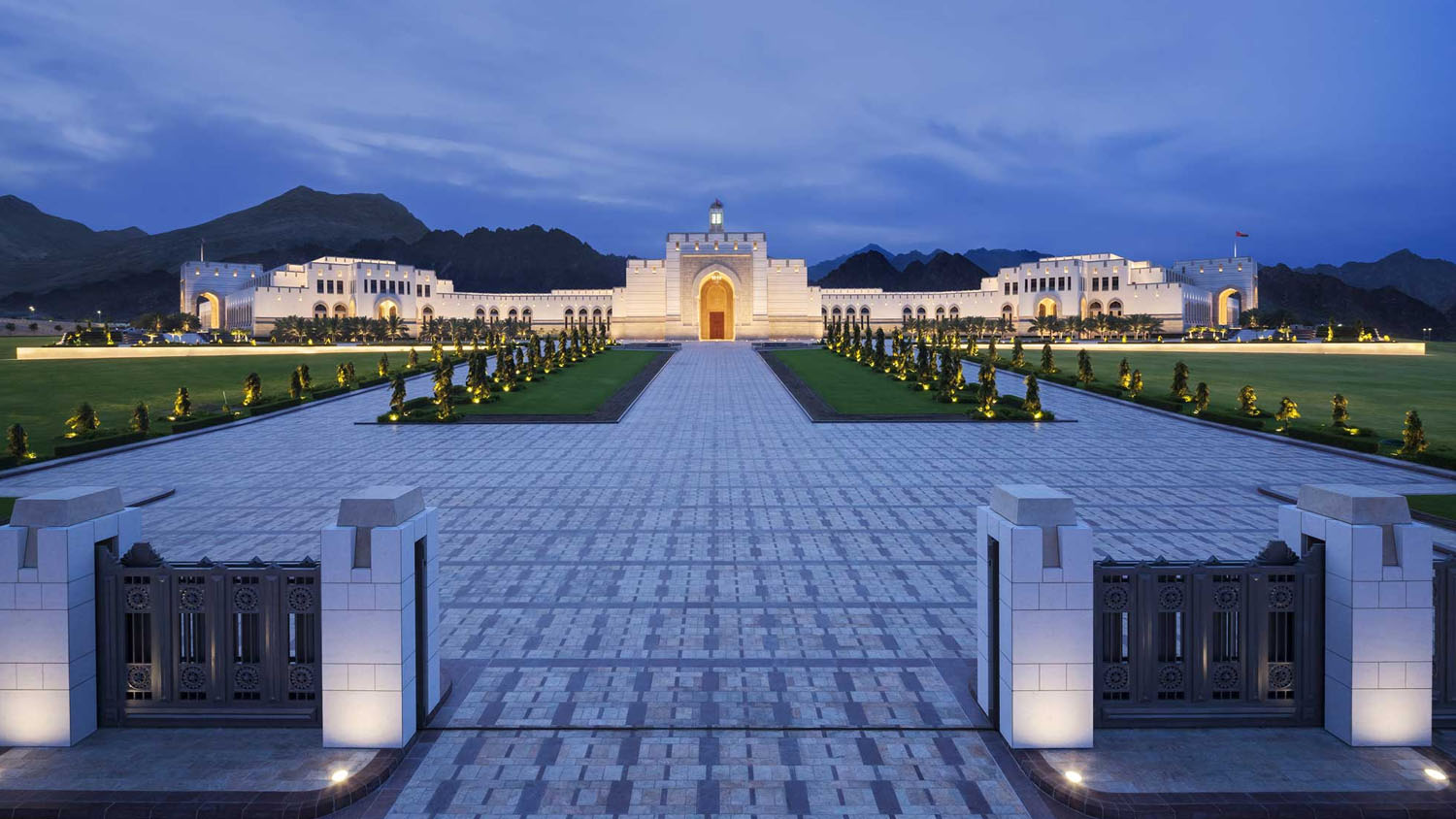
This elegant building, completed in 2013, is home to the two houses of the Majlis ash Shura, Oman’s parliament. It is not open to the public but it does make for a fine photo opportunity with its traditional lowrise, Omani-style, modern architecture, backed by Muscat’s distinctive russet-colored ophiolite mountains. The partially elected Majlis ash Shura assists the state in the formation of policy.
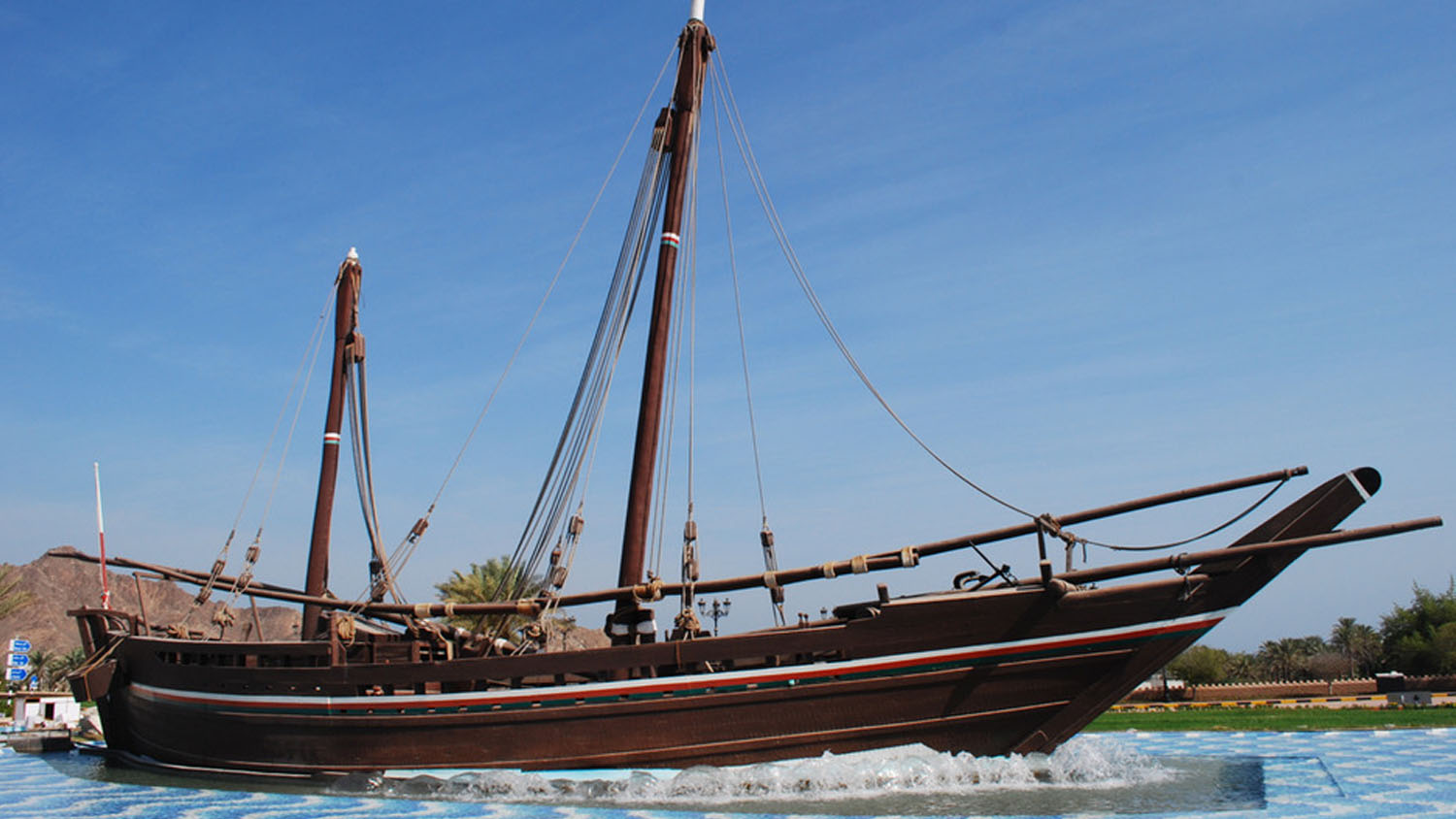
Just outside Al Bustan Palace Hotel, opposite the imposing parliament buildings, a small roundabout is home to the Sohar, a boat named after the hometown of the famous Omani seafarer Ahmed bin Majid. The boat is a replica of one sailed by Abdullah bin Gasm in the mid-8th century to Guangzhou in China. It was built in the dhow yards of Sur from the bark of over 75,000 palm trees and four tonnes of rope. Not a single nail was used in the construction.
Tim Severin and a crew of Omani sailors undertook a famous voyage to Guangzhou in this boat in 1980 – a journey of 6000 nautical miles that took eight months to complete.
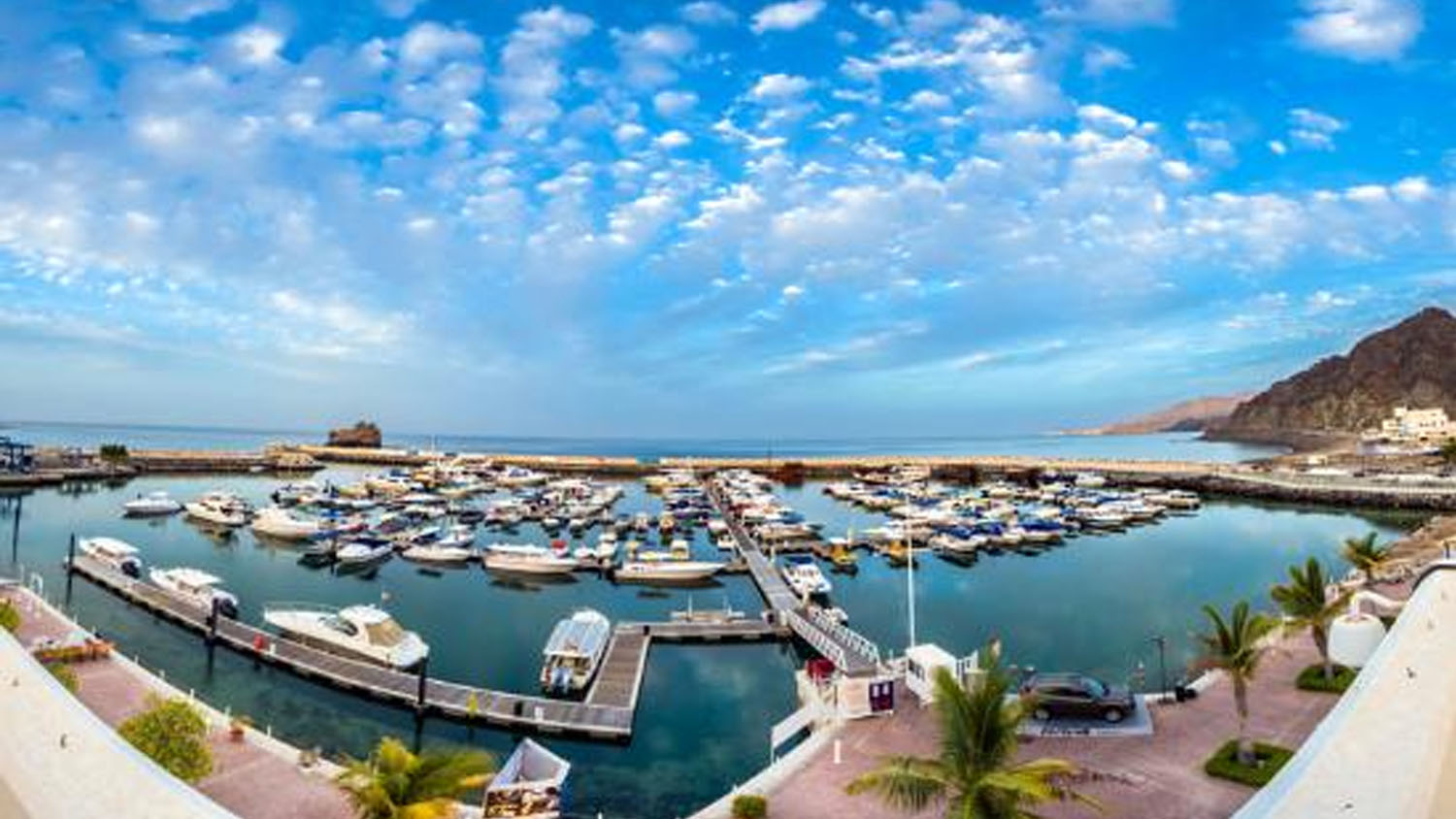
Apart from offering a full range of boating amenities, Marina Bandar al Rowdha is a popular launching point for a range of watersports including fishing and diving. It’s also a pleasant place to enjoy harbor activity and relax at the Blue Marlin (p141) restaurant. The marina offers free use of its pool for those dining at the restaurant, making it a potential day trip when combined with a boat trip.
The journey to the marina, along the coast road from Old Muscat to Al Bustan, offers spectacular mountain and sea views and a glimpse of local life. A water-taxi Marina Bandar al Rowdha; per person OR8; h to Al Seifa 9 am & 4 pm Thu, Fri & Sat, from Al Seifa 10 am, 3 pm & 5 pm) service connects the marina to the resort at Al Seifa (Jebel Sifah) and the marina at Al Mouj.

Oman’s so-called ‘Little India’ is the commercial and transport hub of the capital, with plenty of budget-priced places to eat shop (especially along Souq Ruwi St), and socialize.
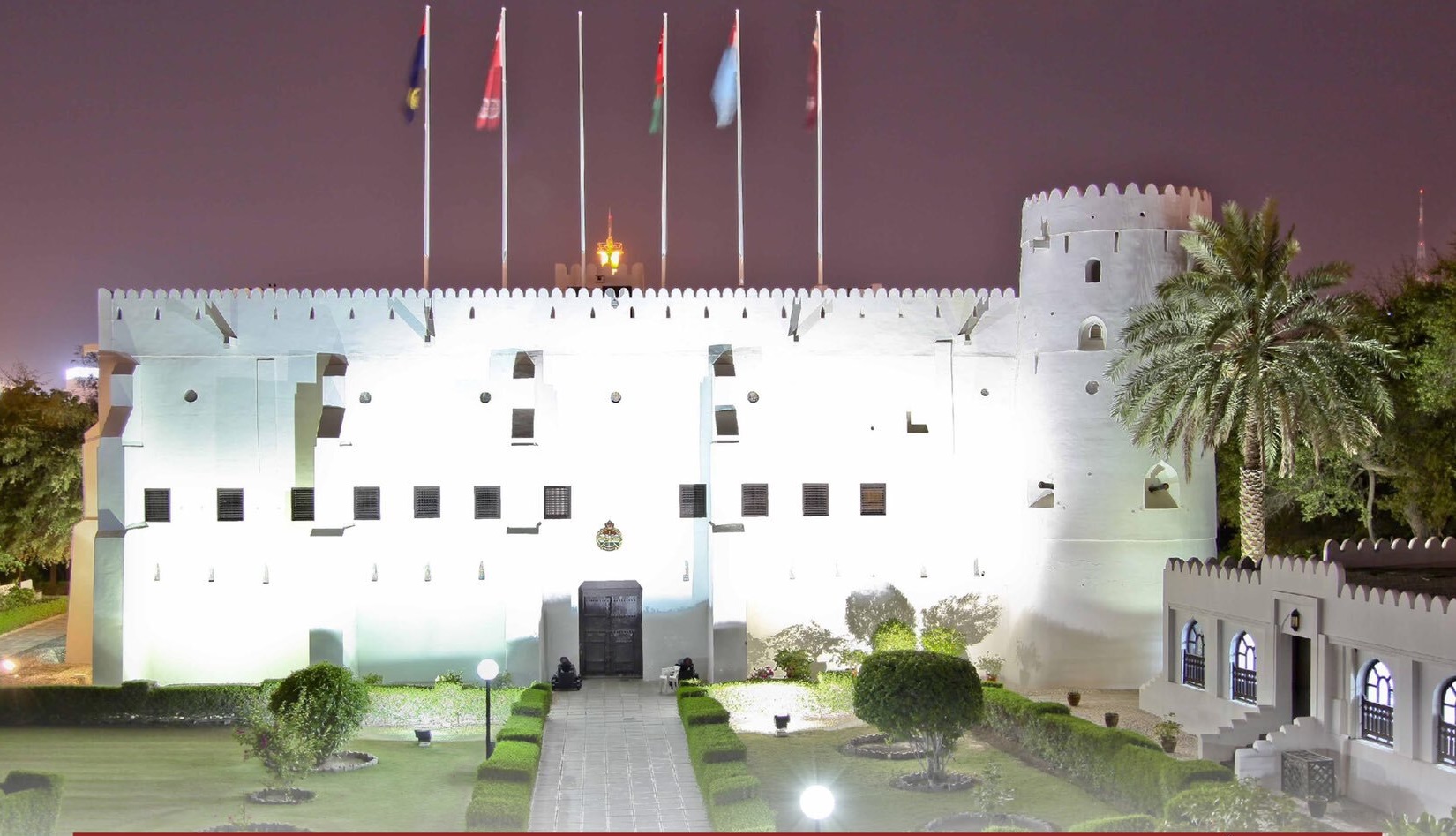
Al Mujamma St, Ruwi; ad- mission adult/child 500 baisa/free; h7.30am-1 pm Sun-Thu & 3-6 pm Sat) Despite the name, this excellent museum is far more than just a display of military hardware. The collection is housed in Bayt al Falaj, built-in 1845 as a royal summer home but used mostly as the headquarters of the sultan’s armed forces. The lower rooms outline Oman’s history while the upper rooms explore the country’s international relations and military prowess. The museum is on the itinerary of visiting dignitaries and you’ll be given a mandatory military escort.
If you haven’t time to visit the mountains to see Oman’s ancient engineering in action, there’s a working model falaj (irrigation channel) on the grounds outside the museum that is worth a look.
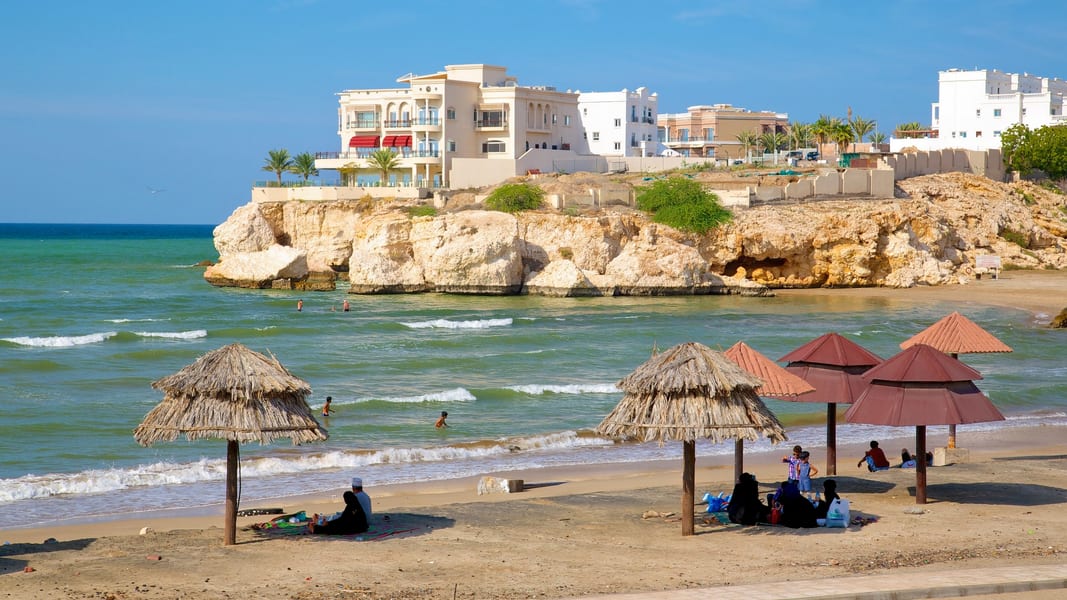
Most of this area comprises modern shopping centers and residences, but there are several places to visit and a great beach. You may like to check the Mosque Etiquette section of the First Time chapter before paying a visit to the Grand Mosque.
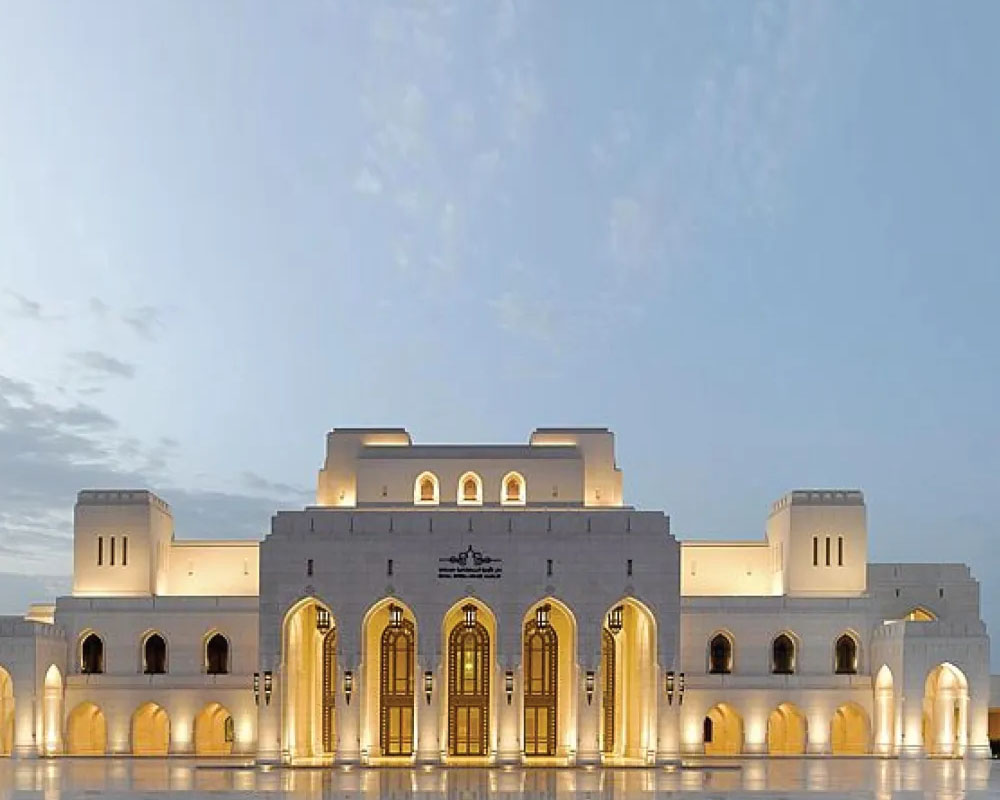
The arrival of the Royal Opera House Muscat in 2011 was a high point in the cultural life of Muscat. Built by the same architects as the Grand Mosque, the understated marble exterior belies the magnificent interior of inlaid wood and Arabesque designs. Even if you’re not intending to catch a show, it’s worth stopping by to admire the beauty of the building and enjoy window-shopping in the adjacent Opera Galleria arcade. Call the box office to check the availability of tours.
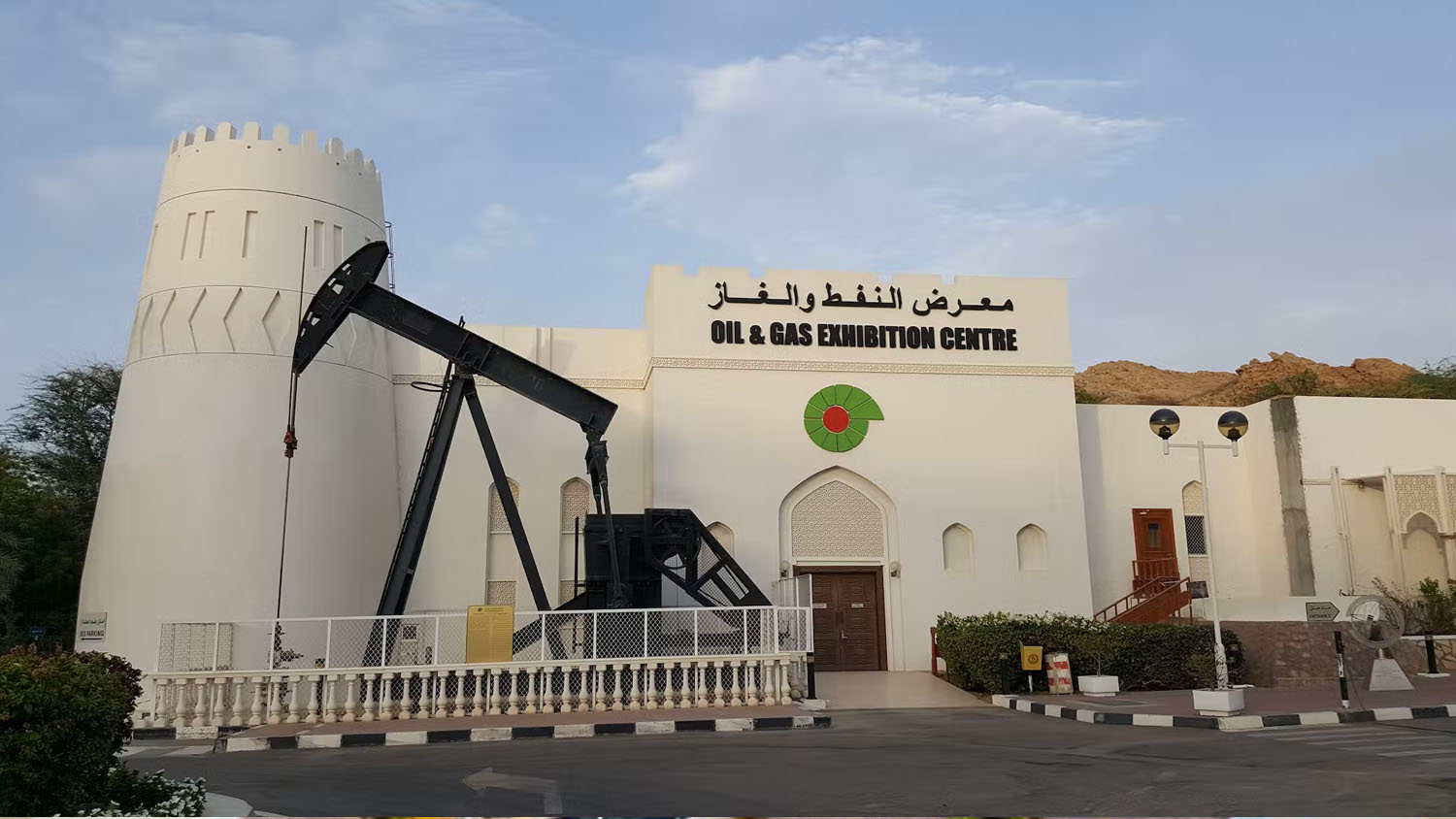
Free Petroleum Development Oman (PDO) is responsible for much of the rapid growth of infrastructure throughout the country, as outlined in the PDO Oil & Gas Exhibition. The interactive displays are of interest to anyone interested in science in general and the oil and gas industry in particular. To reach the museum from Qurm, follow the signs for the Crowne Plaza Hotel and take the first right turn along Sayh al Malih St.
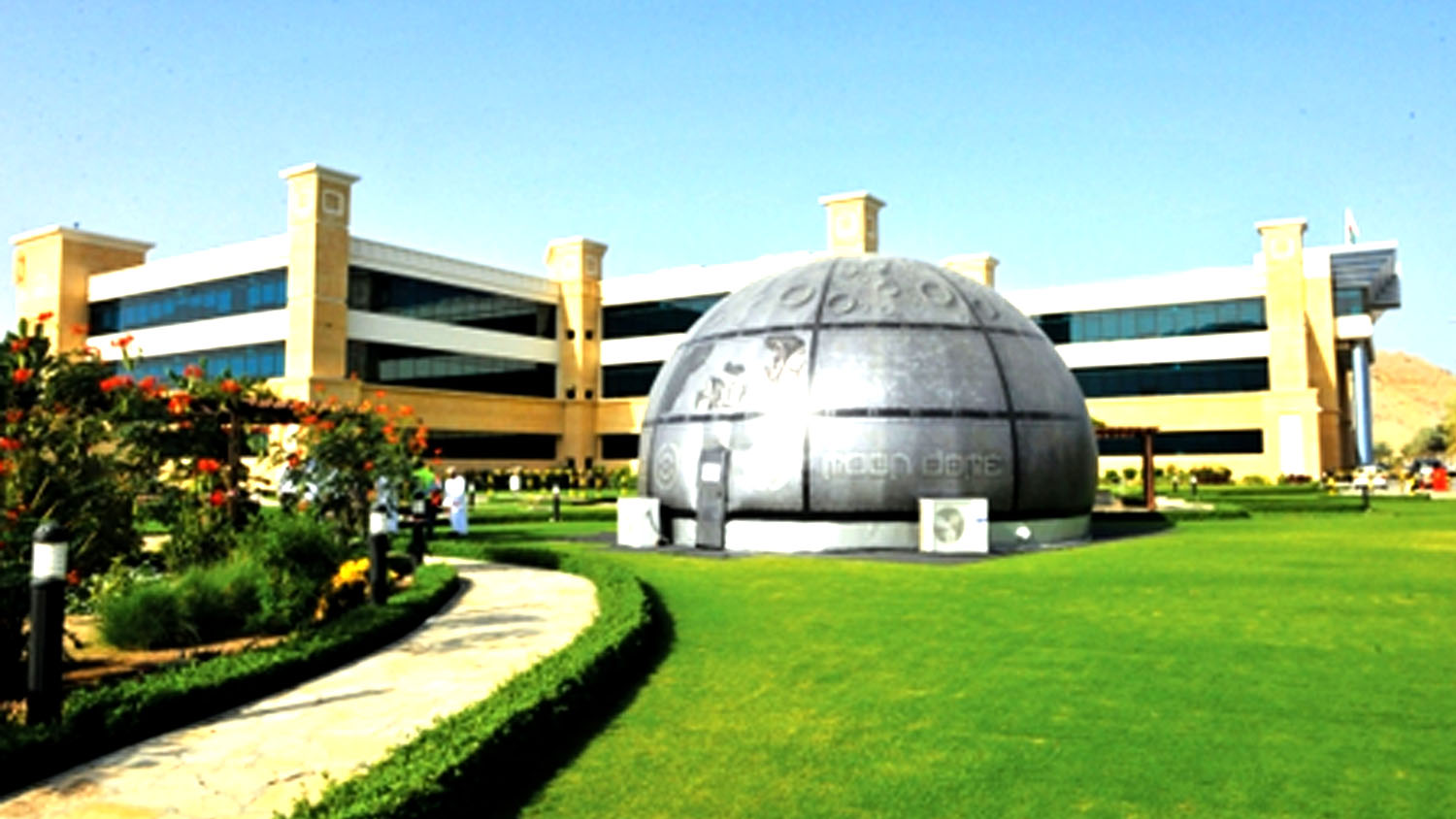
The Planetarium offers a free show on the first Saturday of every month but book one day ahead. The website (under community) lists any additional public shows on offer. Stargazing parties are also available. To reach the Planetarium from Qurm, follow the signs for the Crowne Plaza Hotel and take the first right turn along Sayh al Malih St.
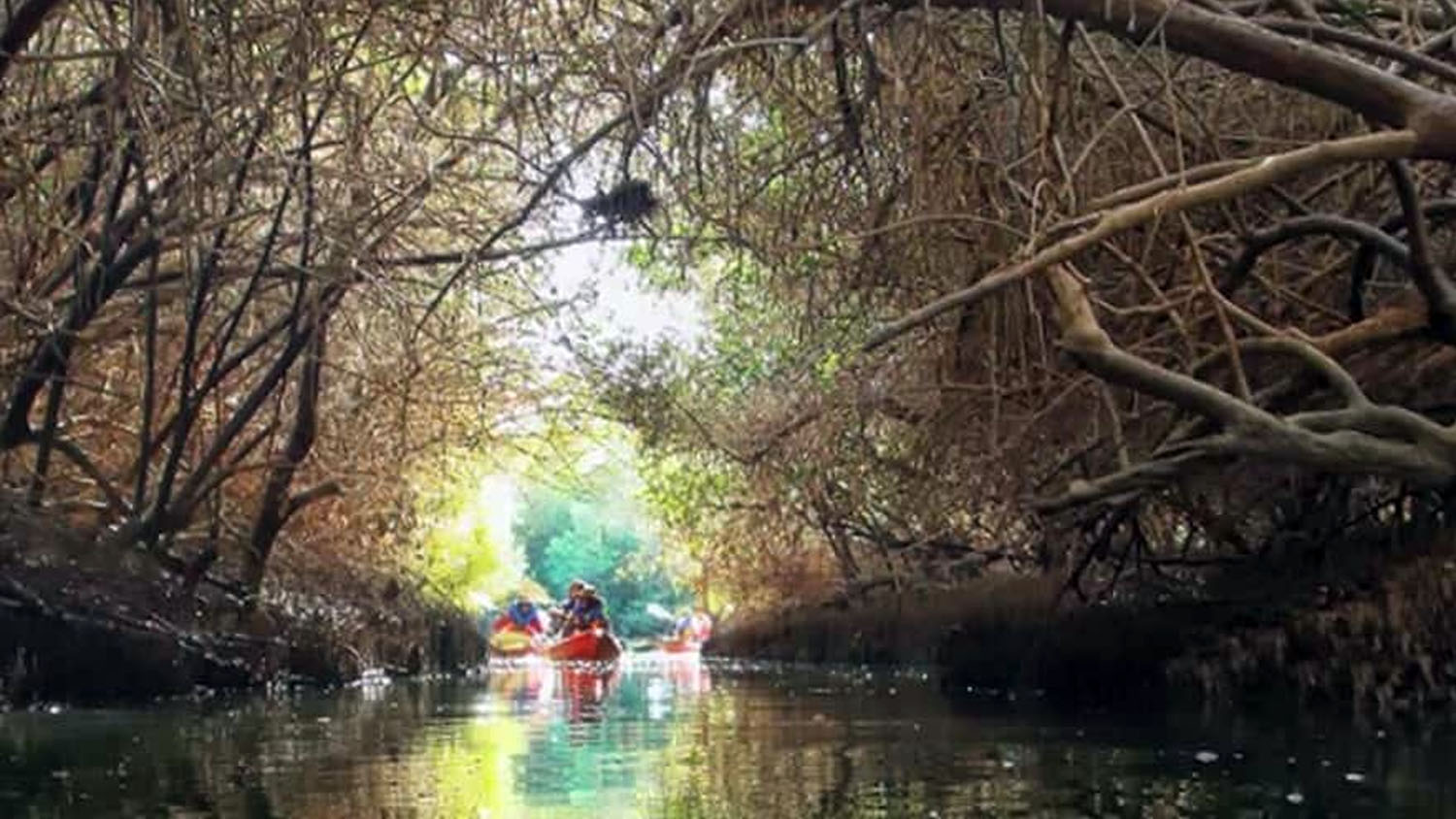
Protecting a rare stretch of mangrove, this reserve is closed to visitors. That said, it’s possible to sit in adjacent coffee shops and do some birdwatching over a latte.
Discover Oman Vacation Packages and reserve Oman Tour Packages with Mountain Valley Holidays at the lowest cost. Get family, couple, and friend vacation packages to Oman from Muscat.